Testing your koi pond often is crucial for maintaining healthy fish. And given that koi fish can recognize their owners, you surely don’t want to let them down.
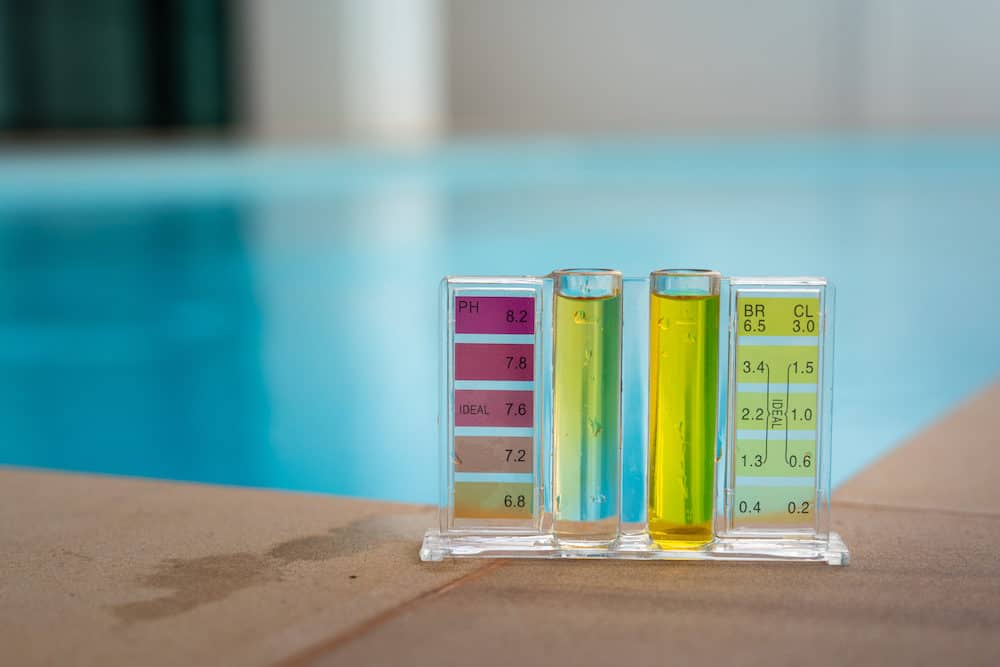
I’ve been taking care of my koi fish for several years now and have learned first-hand how water conditions can wreak havoc on a koi fish population. Trust me-taking a few minutes at least once per month to test your pond water quality is worth it.
Based on my experience as a pond keeper, I’ll walk you through how to use a koi pond water test kit and rebalance your water if you notice any of the numbers are above or below the recommended amount.
A koi pond water testing kit is a must-have tool because it’ll alert you to poor water conditions that could result in sickness or death for your fish.
Many brands sell these test kits, but you can expect them all to test for the following parameters:
Some testing kits also test for nitrate.
If you discover that any of these levels are off, the good news is that it’s easy to fix them, and I’ll talk about how to do so shortly.
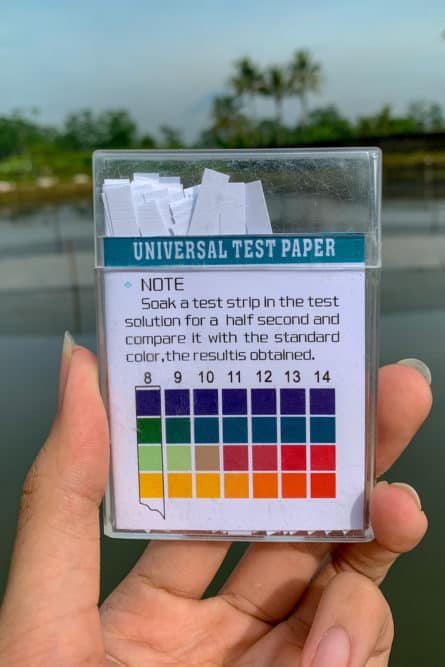
Although all koi pond water test kits check for similar information, the exact approach you’ll need to take to get the results varies from brand to brand. So, take what I’m to say loosely here, as you should follow the instructions on your test kit.
Almost all water test kits use strips that turn colors to indicate how much of any given chemical is in your koi pond.
In some cases, you can dunk the strip directly in your pond. Make sure your curious koi fish don’t grab a bite of it!
Other kits come with testing tubes. In that case, you’d fill the tube with water and let the paper strip sit in it for a designated amount of time.
Testing your koi pond water isn’t too time-consuming. However, to make things even easier on you, you can purchase ph test strips that check for all four of the main parameters on the same piece of paper.
There’s no shortage of opinions on how often you should test the water for your koi fish. So, I’ll share mine with you, although it’s closer to fact than opinion-according to the Florida Department of Agriculture, you should test aquarium water every few days if you suspect you have a water problem.
Therefore, it would serve you well to use a koi pond test kit every few days for the first week or two that you introduce your koi fish to their new home. That offers you the opportunity to see your water’s average numbers.
Once you’re confident that your fish and pond water cohabitate well, it should be safe to do a routine water test once per month.
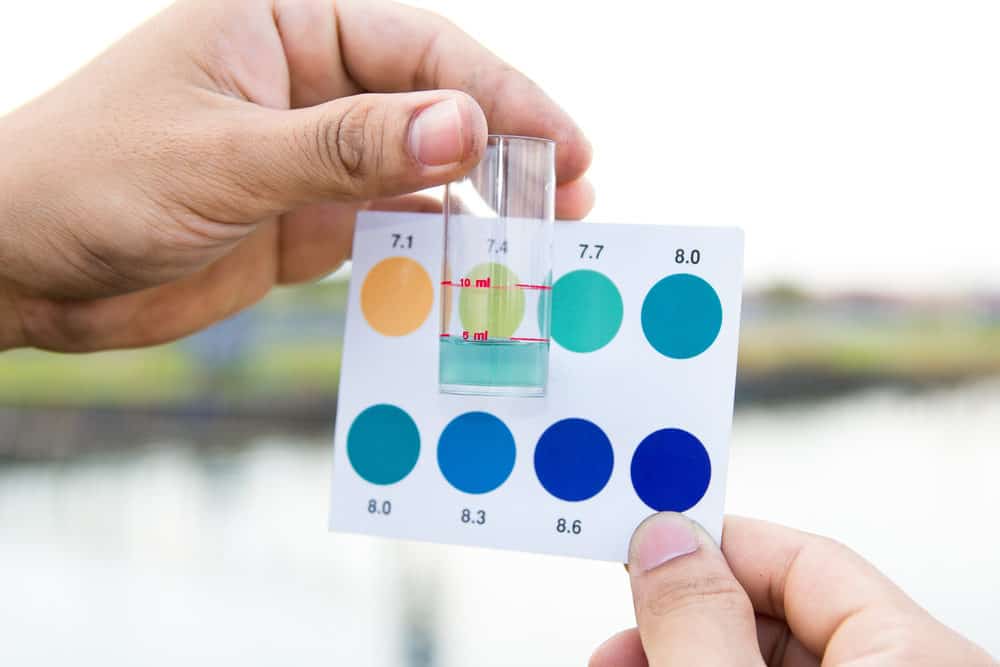
The testing strips will let you know whether the results come back as average for your pond fish. But to give you a head start, below are the ideal ranges to keep your koi happy:
pH level: 6.8 - 8.2
Ammonia: 0 ppm
Nitrite: 0 - 0.25 ppm
Phosphate: As low as possible
Nitrate: 20 - 60 ppm
Phosphate isn’t a chemical that will harm your fish, so there’s no need to fret over this number too much. However, a high phosphate content encourages algae to grow.
If too many algae grow, it can become an uncomfortable environment for your koi fish, not to mention creating an unsightly appearance for your backyard. Often, phosphate levels in your water can spike if you introduce pond plants that contain a lot of fertilizer.
A koi pond water test kit does an excellent job of indicating a pond’s health, but it doesn’t give the full picture.
For example, you’ll need to ensure that the water has a minimum dissolved oxygen content of 5.0 mg/L. Using a water fountain or an air stone is an excellent way to ensure your pond maintains a high dissolved oxygen level.
Water hardiness is also a factor to consider, which can vary depending on the quality of your tap water. You should aim to have a water hardiness level (KH) of about 105 ppm.
The pH level of your water closely correlates with KH levels. So, if your pH level is in the 6.8 - 8.2 range, you can expect your KH to also be at a koi-friendly level.
Finally, you should ensure that your koi pond falls within a temperature range that your fish can tolerate. Koi are hardy fish, being able to withstand temperatures between 35 - 85 degrees Fahrenheit. Nevertheless, they prefer water temperatures from 65 - 75 degrees.
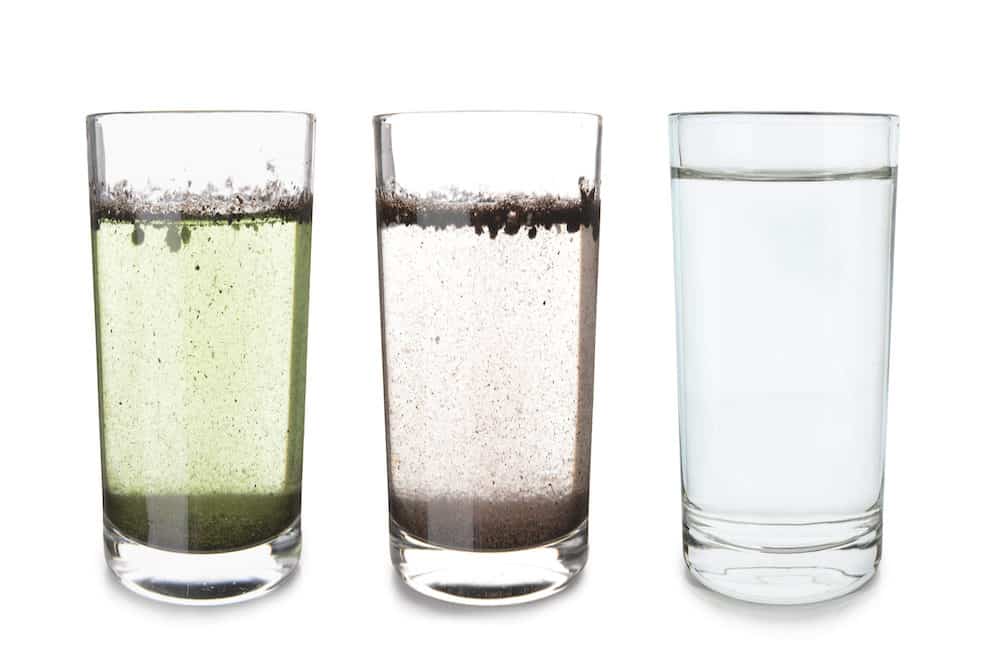
Now that you know how and what to test your koi pond for, you might be wondering what happens if you encounter levels that are too high or too low. I’ll help you understand the repercussions and solutions to each.
pH levels that are too high or too low are equally deadly to koi fish. And it just so happens that the condition they suffer from corresponds with how acidic or alkaline the water is-Acidosis occurs when the pH is too low, and Alkalosis happens when the pH is too high.
Should your pH level be too high, head to your kitchen and pull out some baking soda. You can add about one teaspoon of it for every five gallons of water in your pond.
If your pH is too low, you’ll need to buffer the water using a product that you can purchase from your pet store. In either case, make sure you gradually adjust your pond water’s pH level, as koi fish don’t tolerate fast pH changes well.
Ammonia build-up happens in koi ponds when there isn’t enough filtration to offset the natural ammonia the fish release with their excrement.
Ammonia is toxic to koi fish, as it creates a condition called ammonia poisoning that burns the fish’s gills and ultimately kills them.
If you discover that your koi pond has an ammonia level higher than zero, acting right away is crucial. Changing 25 - 50% of the water is an excellent start if it’s a similar temperature to the koi’s current water. You can also use products to lower the pH since a higher pH makes ammonia even more toxic.
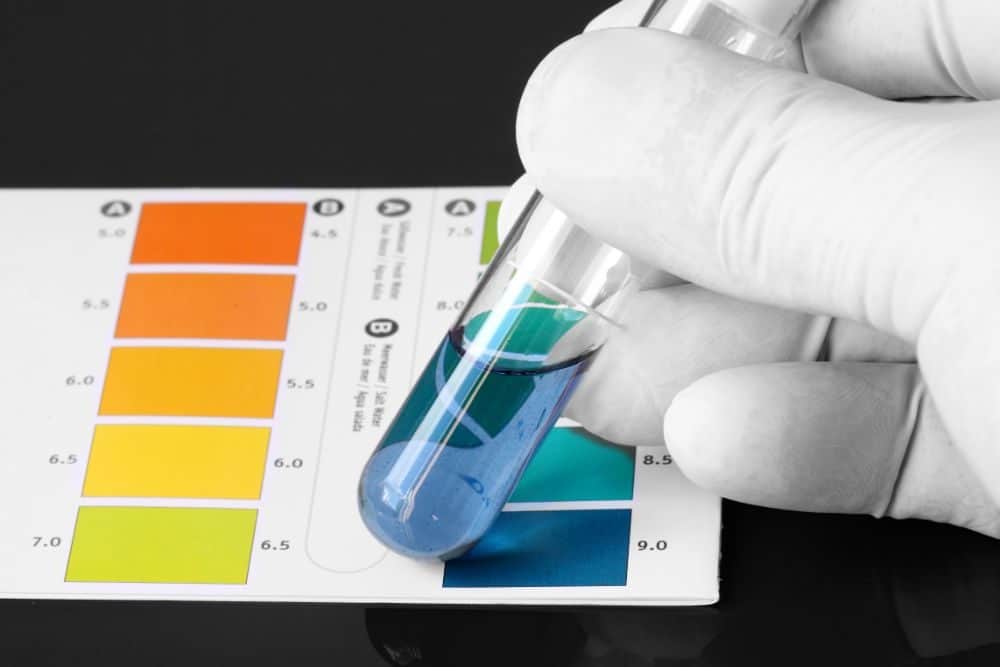
Nitrite is another dangerous chemical to koi fish as their body naturally absorbs it. The nitrate enters their bloodstream, preventing their system from carrying oxygen, and results in death.
While it’s technically okay to have a small nitrite level in your pond, you should do your best to keep the number at zero and regularly perform a nitrite test.
If you discover high nitrite levels, you should immediately change at least one-quarter of the water. You can also purchase a product with beneficial bacteria from your pet store to help your filter better take care of the high nitrite levels.
As mentioned earlier, phosphate isn’t deadly for your koi fish. However, it causes algae and other plant growth, turning your pond into a green oasis.
Unfortunately, phosphate levels can be difficult to grow if you live in an area where a farm or your neighbors use a lot of fertilizers on their plants. Nevertheless, you can do your part to decrease the phosphate levels in your pond by purchasing high-quality koi food and ensuring you don’t overfeed your fish.
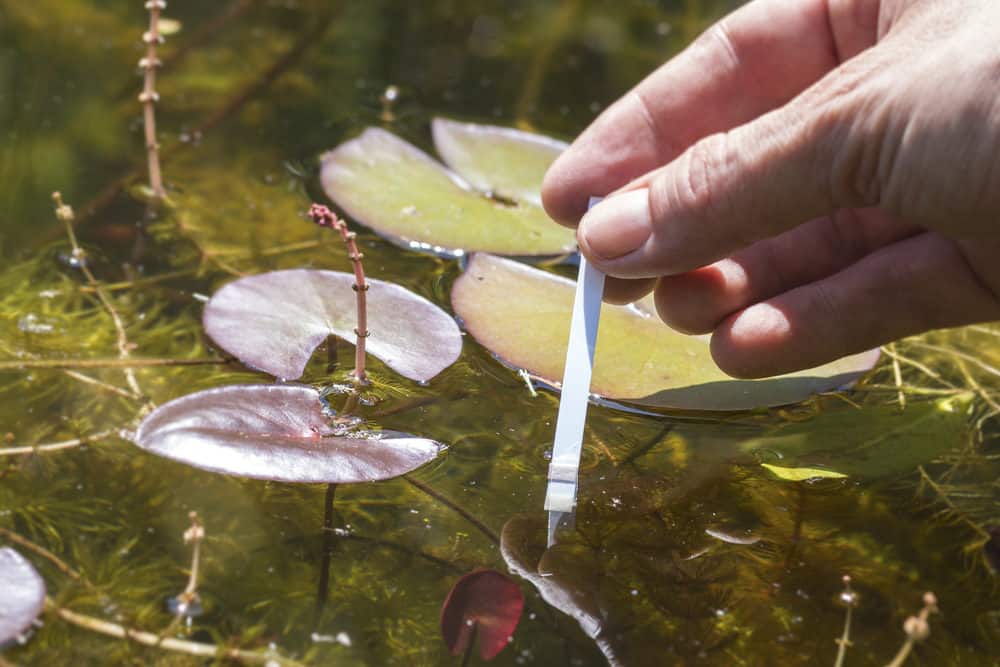
Test strips work as a reliable way to determine water change issues that can have an overall effect on the well being of your koi fish. It is of the utmost importance to provide optimal water quality through routine testing to ensure a pond full of healthy fish to be nurtured and enjoyed for many years.
If you don't want to deal with the hassle of maintaining your water quality or the maintenance that goes along with it, check out our koi pond service providers directory. Here, you'll find koi pond experts near you who can come in a few times a month to make sure your pond stays healthy and beautiful.



